Field mass spectrometers are constantly being deployed by the API-TOF user community for unique and complex atmospheric measurements. Within this field, Dr Federico Bianchi has found his niche — that is, high-altitude measurements of the free troposphere.
Dr Bianchi’s deployments of the API-TOF to the mountain tops in Nepal and Europe, combined with advanced chamber experiments at CERN, have revealed new and interesting insights into the atmosphere and high-impact publications.
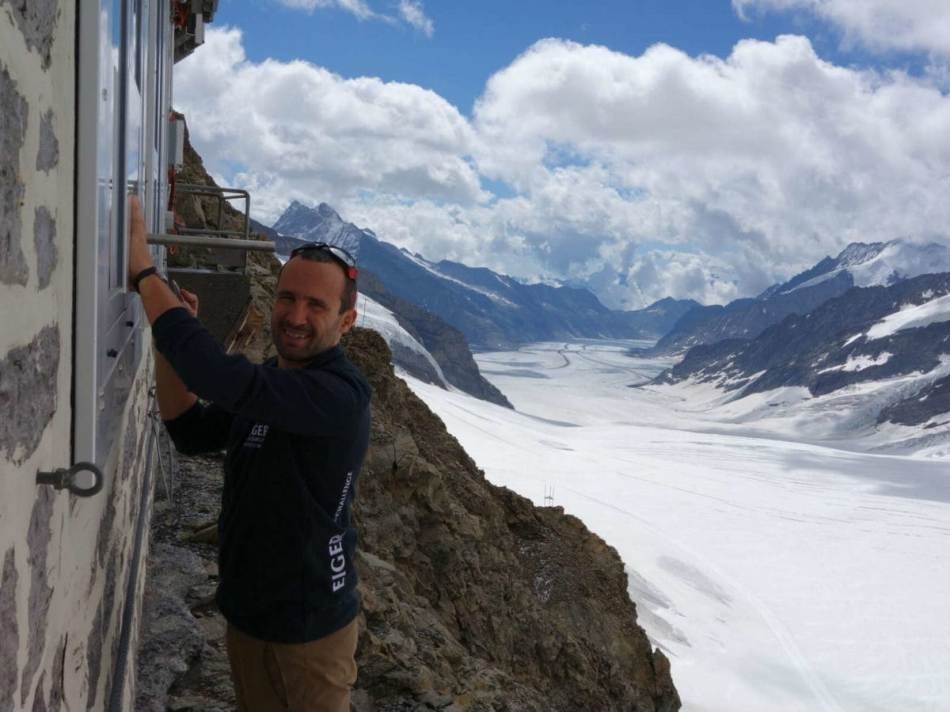
After coming across Federico’s photos on Twitter of setting up his API-TOF on a mountain top in Bolivia, TOFWERK finally met him to learn more about his newest scientific adventure.
A Brief Overview of Dr Federico Bianchi’s Field Campaign
As part of the field campaigns, Dr Bianchi and the research team are currently measuring at Chacaltaya Gaw Station, which is considered to be the world’s highest atmospheric station. It is situated at 5240 m above sea level on the Chacaltaya mountain atop the Bolivian Andes. The team includes young, motivated researchers from Helsinki University (Dr Federico Bianchi), Innsbruck University (Professor Armin Hansel), Stockholm University (Professor Claudia Mohr), Paul Schererr Institute (Dr Rob Modini), ISAC Bologna (Dr Angela Marinoni), University of San Paulo (Professor Paulo Artaxo), and the local Universidad Mayor de San Andres (UMSA, the Bolivian partner—Dr Marcos Andrade).
High-Elevation Field Deployment with API-TOF
According to Dr Bianchi, his first high-altitude measurements proved to be a disaster. These measurements were performed at the Jungfraujoch station in the core of the Swiss Alps at 3600 m above sea level in the months of January and February in 2013. During that time, Dr Bianchi was a second-year PhD student at the Paul Scherrer Institute. At times, the station would be visible from the TOFWERK office located in Thun. However, after the failure of the first campaign, Dr Bianchi and the team went back to improve their measurements, which allowed them to accurately determine the formation of aerosol in the free troposphere, in the following winter.
Afterward, Dr Bianchi decided to shift from the Alps to the Himalaya, and more specifically to the Pyramid station situated at 5000 m (Pyramid International Laboratory/Observatory), and set at a walking distance of two hours from Nepal’s famous Everest Base Camp. This station can be reached only after seven days of hiking.
The Significant Questions Driving the Unique Studies
The key scientific question fueling these studies is to comprehend the way aerosol is formed at extreme altitudes in the free troposphere. Such analyses are exclusive because sophisticated instruments are being brought to these remote sites, for the first time. The instruments that are being used at these remote locations are extremely new and also highly significant for understanding the atmosphere’s chemical composition.
Dr Bianchi’s Brief Stint at CERN
During his PhD days, Federico spent a major portion of his time at CERN, working on the CLOUD project. In fact, he had done quite a number of night shifts in Geneva. The objective of the CLOUD project was to analyze the formation of new particles under a range of different conditions. At that time, Dr Bianchi not only learned about this interesting process but also got to know about the general atmospheric chemistry and how to set up these sophisticated mass spectrometers.
According to him, these initial years were instrumental in molding his thinking abilities and knowledge. The experiments, which are being performed by him, are only the usual results of his earlier scientific life. He believes that ultimately it is the individuals’ own experiences that shape their present and future actions.
Avid Mountaineer Combines Scientific and Recreational Interests to Reach Goals
According to Dr Bianchi, coincidence in life is relatively rare and it is certainly not the case in his life. However, while he was working on the CLOUD project, he came to know that many laboratory experiments are being performed in an attempt to replicate what is occurring in the atmosphere. Yet, the experimental findings were invariably compared against the measurements taken at low altitude within the planetary boundary layer. The fact — according to Dr Bianchi — was that experiments were actually being performed at extremely low temperature, that is, <–60 °C; however, these findings could not be compared with ambient observations.
It is at this stage when he realized that high-altitude measurements are very significant, and added to this, he can look forward to combining science and his love for the mountains, Dr Bianchi stated. He informed that while that was definitely not the sole significant aspect that needs to be analyzed, it was exactly what he wished to study.
Combining Intensive Research, Instrument Deployments, and Quest with Mountains
For Dr Bianchi, combining research with his love for mountains is not working out as much as he would like. This is because whenever he plans a campaign in these unique locations, he also tends to plan several other additional activities. However, the fact that he is being paid for his scientific abilities and not for his mountaineering activities should make him put extra efforts into the scientific aspects, he stated. As a matter of fact, operating scientific instruments in these conditions can be quite challenging.
Therefore, a major portion of Dr Bianchi’s time is spent on these instruments. In spite of all these, Dr Bianchi still finds some time to pursue his favorite hobby — mountains. In Nepal, he usually goes hiking around the Everest base camp and climbs some small mountains. In Bolivia, some of the team members found some time to ascend the Huayna Potosi. For Dr Bianchi, this was his first mountain above 6000 m.
Deployment of API-TOF Lab in China
Currently, the team is setting up a lab at the Beijing University of Chemical Technology. This effort is being done in association with Professor Markku Kulmala at Beijing University of Chemical Technology, Tsinghua University (Jingkun Jiang), and Fudan University (Dr Lin Wang). Dr Bianchi added that this is quite different than his normal locations for field measurements. Yet, the team is well aware that China’s air quality is a highly significant problem. As a result, it was important and extremely essential to set up a permanent station in China, despite Dr Bianchi’s passion for the mountains. In the previous year, the team also realized that while these robust field campaigns are highly significant, sophisticated permanent measurements are the only means to solve extremely complex issues, like the haze in China.
Preparation for Remote Field Deployment Versus Urban Study
According to Dr Bianchi, it can be very difficult to perform remote field deployments. You need to plan everything beforehand, considering the fact that it would prove to be very difficult, or even impossible to obtain spare parts, and if at all there is any potential delivery of spare parts, they will be extremely costly. In addition, it is important to predict what can go wrong and accordingly decide which are the most vulnerable components of the instrument that need to be taken.
Based on that, you must prepare a complete set of parts that would be required. Dr Bianchi further added that atmospheric conditions can tend to be extremely harsh, and snowstorm, low temperature, low pressure, and strong winds will complicate everything. Indeed, this is not the case for Beijing where one can have anything they require. Yet, the sampling system in both locations has to be very carefully considered. At high altitude, individuals have to ensure that freezing and snowstorm will not impact their sampling, whereas, in Beijing, there are plenty of issues related to instrument clogging, very high pollution, and high humidity in summer that may cause condensation in the line or even within the instruments.
Impact of Unlimited Funding on API-TOF
Dr Bianchi informed that many locations are out there that have not been investigated yet, particularly considering the instruments that are currently available. According to him, free tropospheric air above the ocean should be explored further — perhaps sampling on top of a volcanic island, like the Reunion or Canaries Islands. In addition, the Antarctic and Arctic are highly significant due to their sensitivity — particularly the Arctic — to climate change. There are also areas that are yet to be explored, for instance, entire Africa. Dr Bianchi added that if everything goes fine, he would definitely not get bored in the next few years.
Photos from the Field
The following are images taken from the deployments in Bolivia, Nepal, and Switzerland (used with permission of Federico Bianchi).

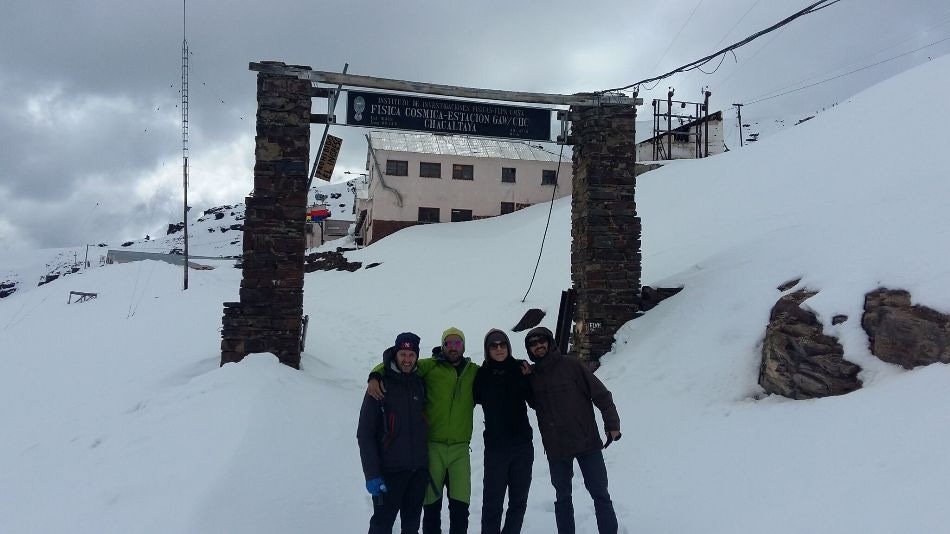
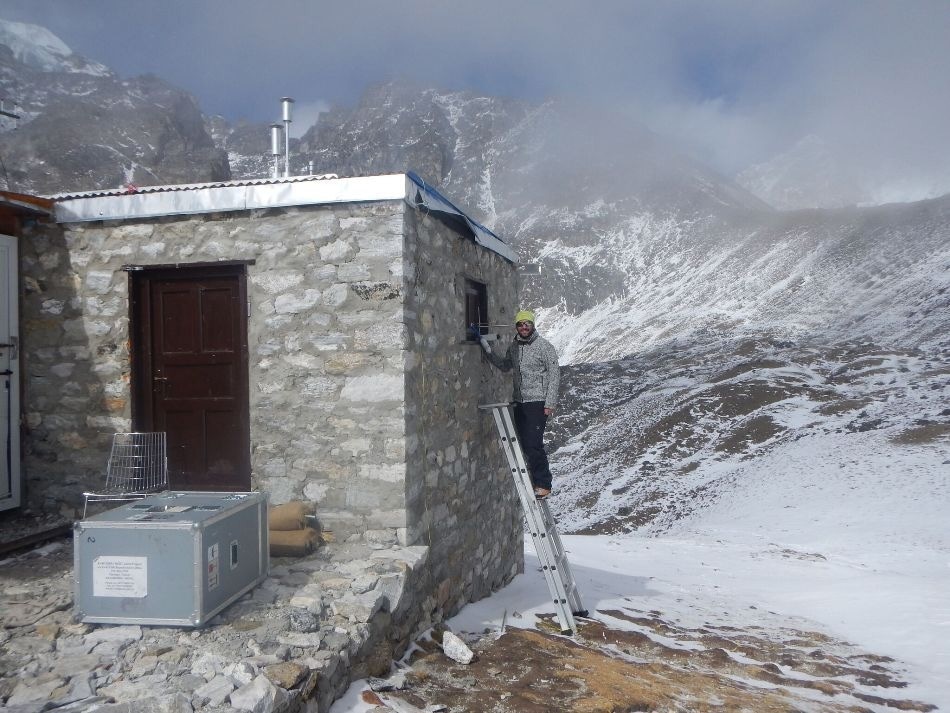
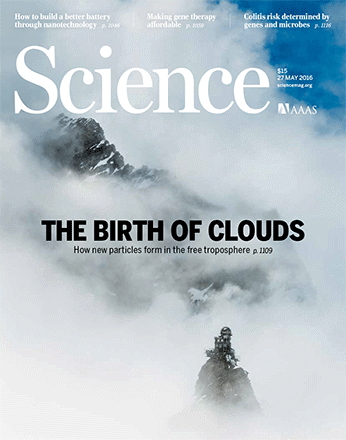

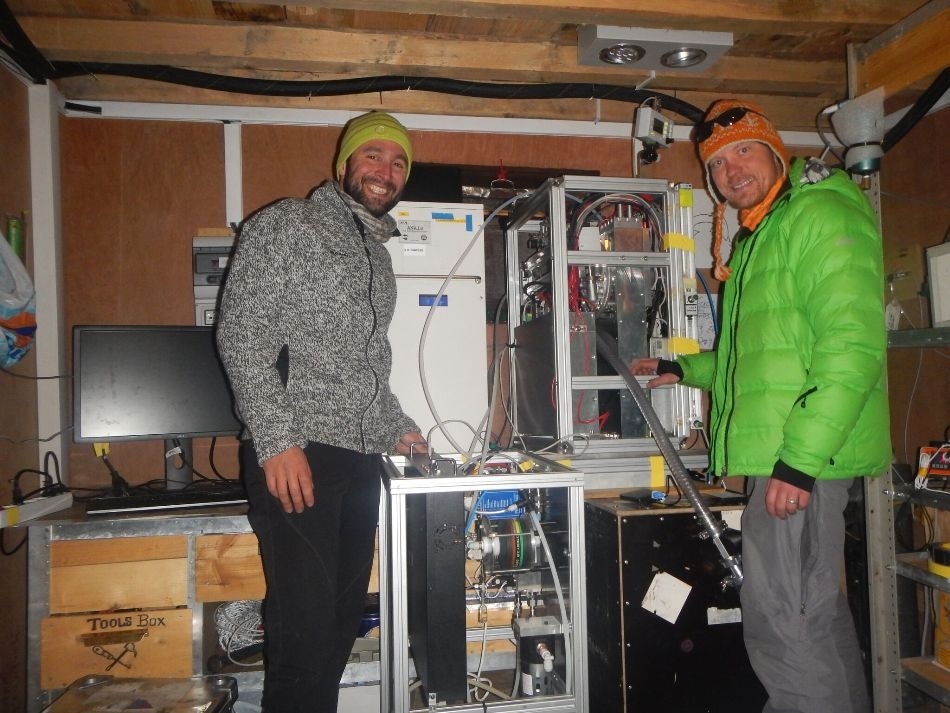
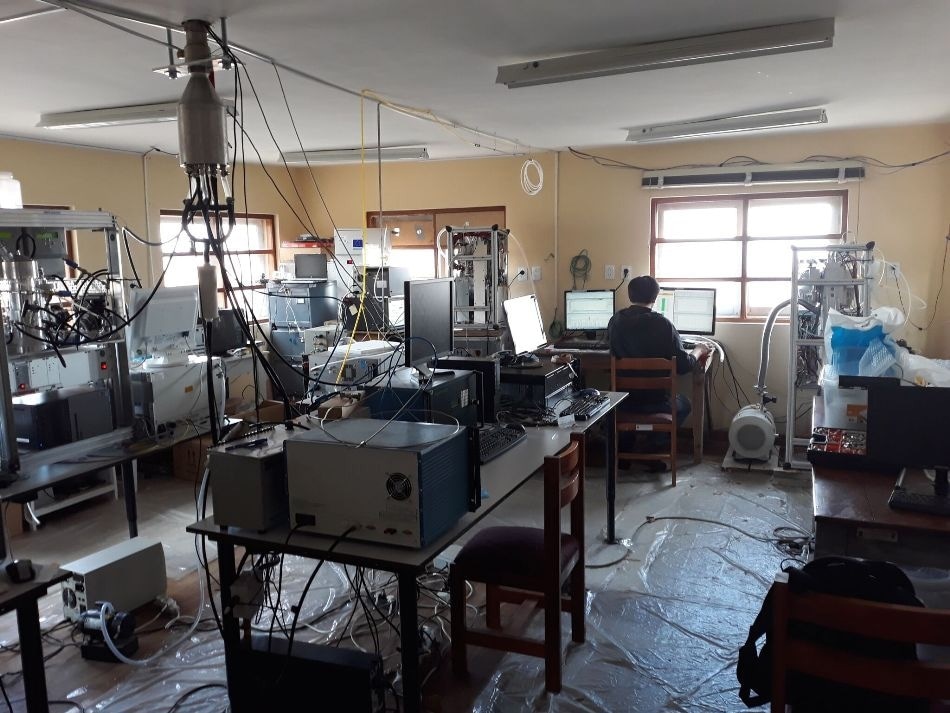


This information has been sourced, reviewed and adapted from materials provided by TOFWERK.
For more information on this source, please visit TOFWERK.